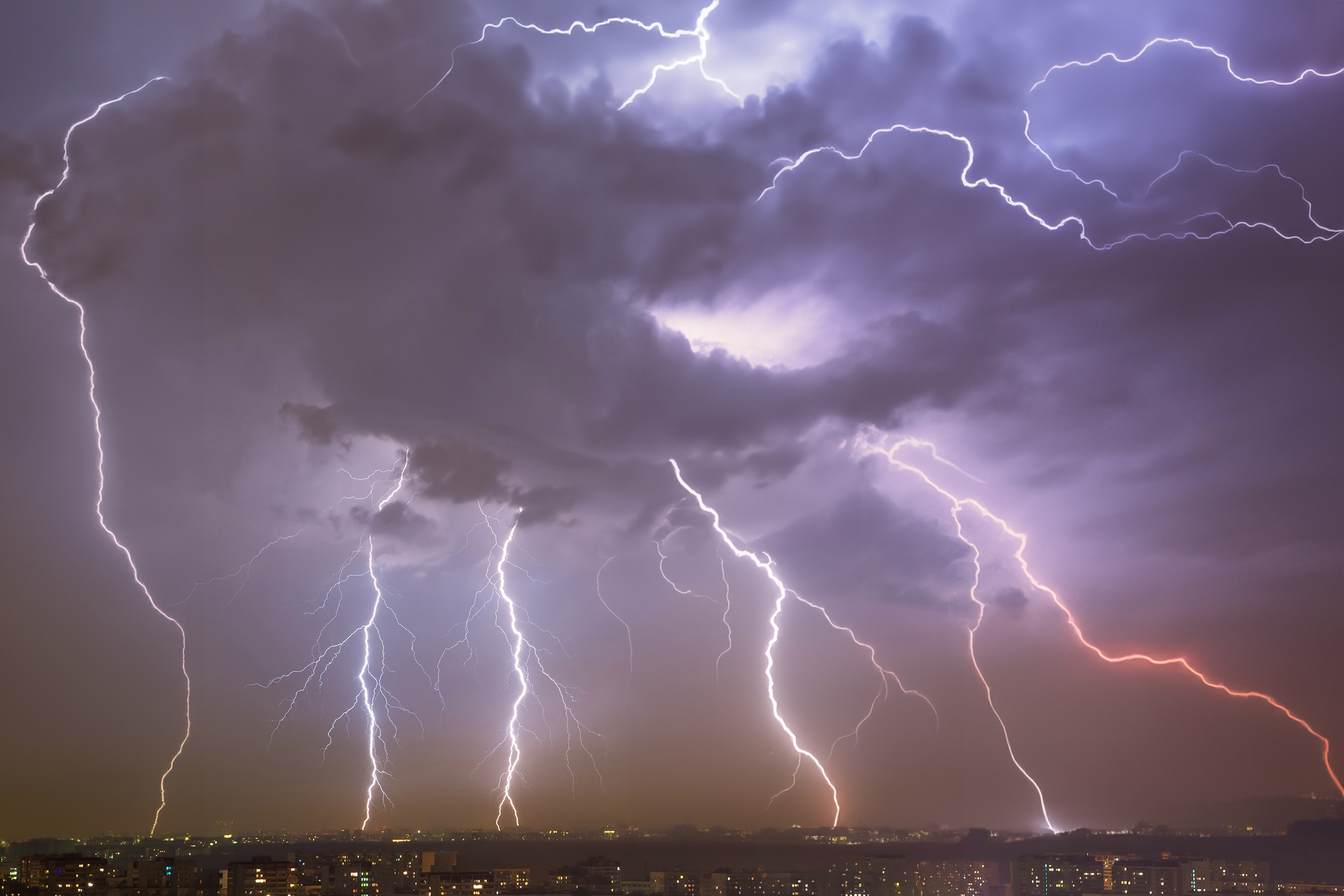Severe convective storms (SCS) are among the most frequent and damaging natural catastrophes in the United States. SCS include severe thunderstorms, with potential heavy rainfall, strong winds, hail, and tornadoes.
Economic losses from severe convective storms, according to Swiss Re and Munich Re, reached $65 billion in 2024, of which about $50 billion was insured. Loss drivers of increased SCS losses, according to Munich Re, include population growth, rising property values in exposed regions, and the effects of climate.
CoreLogic, an analytics and modeling business, estimates that hail storms have already set records in 2024. On March 14, CoreLogic received 214 hail reports; the next day, 78 of those hail reports showed hail larger than or equal to two inches in diameter. This marks a new single-day record for all National Weather Service offices in the United States.
During the second week of May, destructive thunderstorms and tornadoes tore through parts of the central and southern U.S., adding to the severe weather this area had experienced for two weeks. Over one hundred tornadoes were reported during the week in Iowa, Nebraska, Kansas, Oklahoma, Missouri, Tennessee, North Carolina, Florida, South Dakota, Michigan, Ohio, and Texas.
Videos in Tennessee showed buildings torn to shreds. Nearly 60,000 homes and businesses in North Carolina and over 38,000 more in Tennessee were without power. People were trapped in floodwaters. Tornadoes also ravaged North Carolina and damaged hundreds of buildings in Michigan and Ohio.
Minimizing Damage to Commercial Property
- Perform a risk assessment to identify vulnerabilities and potential threats associated with convective storms. Review the building’s location, structural soundness, and susceptibility to wind, hail, flood, and lightning damage.
- Check the local weather forecast for storms that could affect your area. Managers should look for tornadoes, strong winds, hail, and heavy rain that could cause property damage and harm personal safety.
- Create a storm-ready strategy and implement risk-mitigation measures. Ensure that all building occupants are familiar with the plan and understand what to do in severe weather.
- Ensure the roof is in top condition and address any concerns, such as missing tiles, gaps between shingles, or other weak points. Additionally, consider reinforcing the structure to improve resilience to convective storms. This could include installing impact-resistant windows and modifying doors to withstand strong winds.
- Secure any loose signage, clean parking lot debris, and ensure that overhanging tree branches are trimmed to minimize damage during high winds.
- Install reliable emergency communication systems, such as mass messaging, to alert building occupants of potential severe weather and provide safe sheltering or evacuation options.
- Install backup power generators and utilities to keep critical services like lighting, HVAC, and communication systems operating during power outages caused by convective storms. Backup systems should be evaluated regularly to verify their functionality and reliability.
After the Storm
If your business property suffers damage, take the following measures:
- Inspect the entire building to determine the extent of the property damage. Note any shattered windows, leaking roofs, falling trees or debris, flooding, or structural damage. Take photos to document the damage.
- Contact your insurance carrier as soon as possible to file a claim. Typically, storm and natural catastrophe damage is covered under Commercial Property insurance (up to the policy limits/sublimits and accounting for deductibles). An adjuster will assess the property damage and provide an estimate for repairs or replacements.
- Secure the building. If there are any holes in the roof, damaged windows, or other weaknesses, temporarily cover them to avoid further interior damage. You may need to board up windows or cover holes with tarps. Remove any fallen trees and trash from the area.
- Organize the necessary repairs. Work with your insurance company and contractors to plan the repairs needed to get your business back up and operating. Prioritize any issues that threaten safety or prevent entry to the building.
- Advise employees and customers that you are working to repair any storm damage and will reopen as soon as feasible. Provide an expected reopening date and discuss any impact on payroll, services, or events.
About Seneca Insurance Companies
Seneca Insurance Companies are known for having a broad appetite for writing property risks. We offer both admitted and non-admitted ISO-based policies, with catastrophe perils offered based on location and risk characteristics.

